Virtual reality is no longer the preserve of developers and the super rich. Now anyone can give VR a go, just by downloading a free app onto your smartphone and getting your hands on a cheap VR headset. Entry-level headsets broadly consist of a case that houses your phone and a couple of lenses, which bend the light emanating from the phone screen, giving the illusion of a wrap-around virtual world.
On the other end of the spectrum you’re going to have to part with some serious cash for a top-end virtual reality headsetlike the Oculus Rift or HTC Vive,and will probably require a high-end PC or a current generation console to work -that’s with good reason. They need significant processing power to deliver the high-fidelity, resolution and frame rates, not to mention extremely low latency, to ensure the most immersive experience possible.
1
Google Daydream View
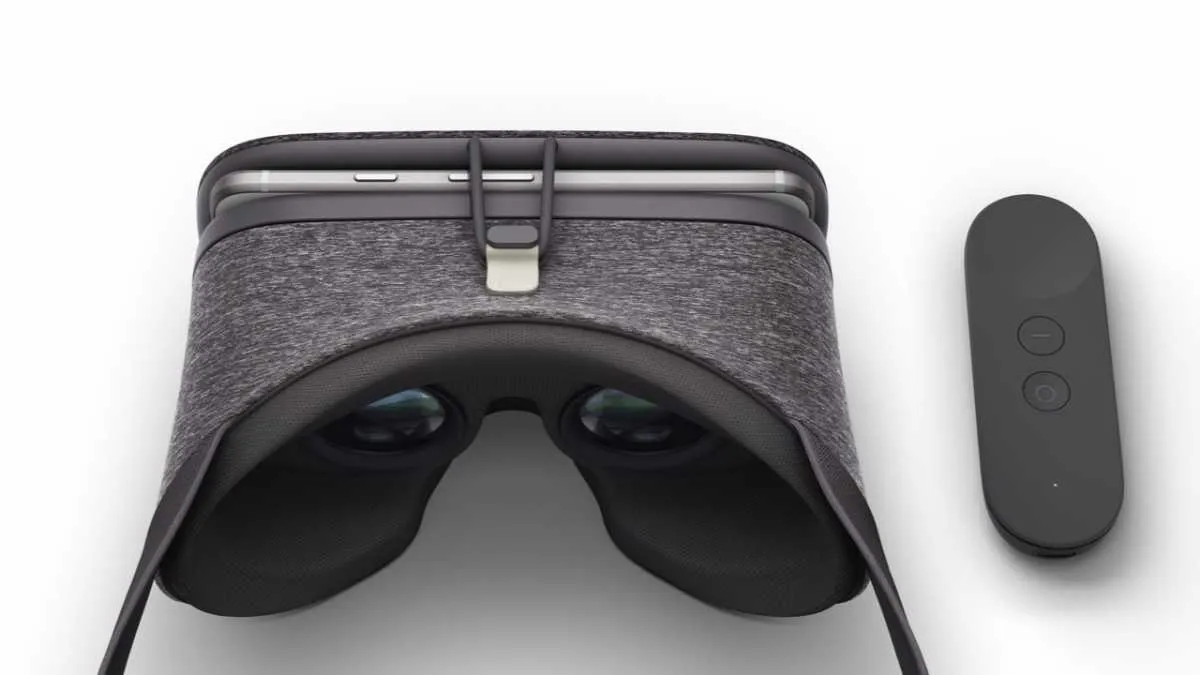
Google were one of the first off the mark when the burgeoning VR headset market began to pick up speedwith the uber-cheap Google Cardboard. It's cheap, easy to use and set up and workswith most phones - but ultimately it is is a flimsy bit of cardboard, which, as you shall see later on, is good for about 10 minutes of fun before the harsh reality of your arms tiring and nausea kicks in.
That has all changed now though with the Google Daydream View, a VR headset specifically designed to work with the Google's new Daydream software and hoping to prise the mid-range market away from the Samsung Gear VR. The headset itself is fabric and foam, rather than plastic and comes with a wand, which will work a little like the Wii controller allowing you to control your virtual characters without having to purchase any extra peripherals.
At launch it works only with Google's newly released Pixel and Pixel XL phones but in future new Daydream-ready phone will also work with the new VR headset. Check out the best games for the Daydream View.
£69, store.google.com
2
Oculus Rift
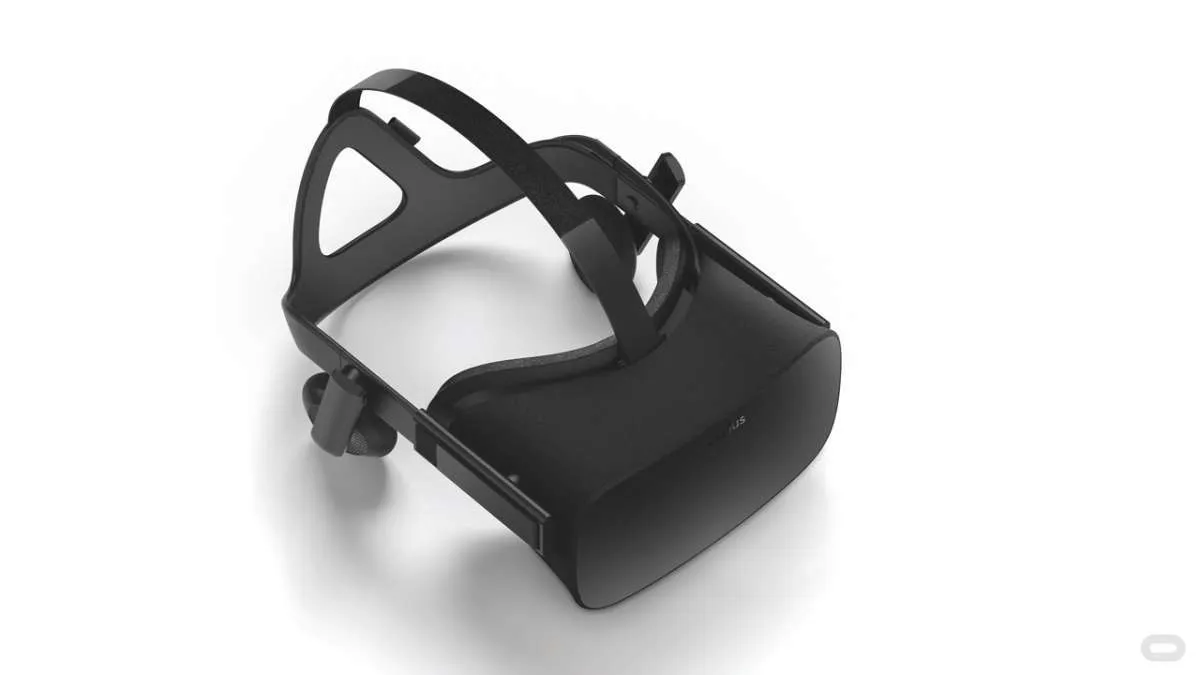
When you think of virtual reality, one name virtually pirouettes before your eyes like a tornado. Oculus Rift’s founder, Palmer Luckey, built the first prototype in his parents’ garage in 2011, and since then it has come a very long way. Facebook bought Oculus in 2014 for $2 billion, and now the first retail units are finally hitting the high street.
The headset itself is beautifully designed and comfortable to wear. It contains two 1080 x 1200 OLED panels that, together with the lenses, allow for a field of view over 100° and a refresh rate of 90Hz. The Constellation tracking system uses infrared LEDs mounted on the headset to track position, delivering the full 6° of freedom (forward/backwards, up/down, left/right, pitch, yaw and roll), which reduces the potential for cybersickness and increases immersion. The headset also has built-in headphones, and it ships with an Xbox One controller and an Oculus remote. In order to run the Rift, you’ll need a beast of a PC, with at least i5-4590 CPU and GTX 970 GPU, or equivalent.
£549,oculus.com/rift
3
Google Cardboard
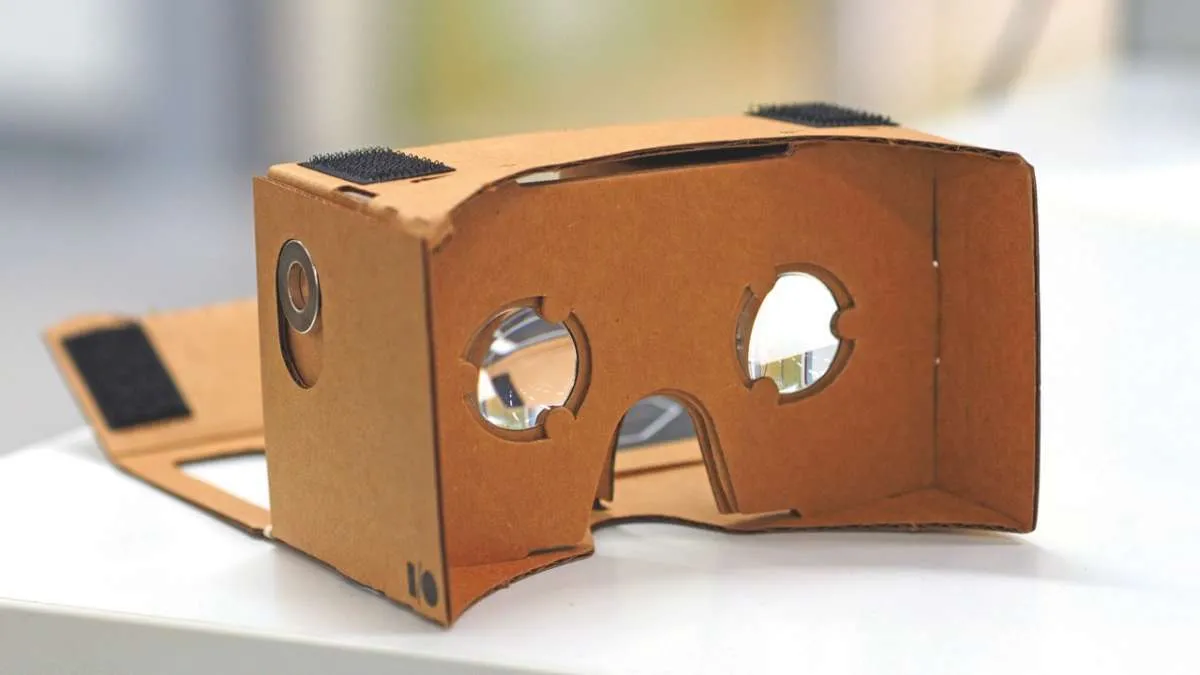
Google Cardboard is the gateway drug to the hedonistic world of virtual reality. Made, quite literally, of cardboard, the digital giant’s entry-level VR headset design is open source, so you can either download the blueprints and make your own, or you can buy one of the many unofficial viewers available online.
These units allow you to slot in your smartphone, hold it up to your face, and experience basic VR and 360° video via a multitude of free and paid-for apps. Two fixed lenses bend the light from the two halves of the phone screen to create the 90° field of view effect, and a magnet on the side of the unit can control your phone as a switch.
It’s great fun for 10 minutes and making your grandma a little bit seasick, but definitely not a lasting virtual-reality solution.
From free, google.com/cardboard
4
Samsung Gear VR
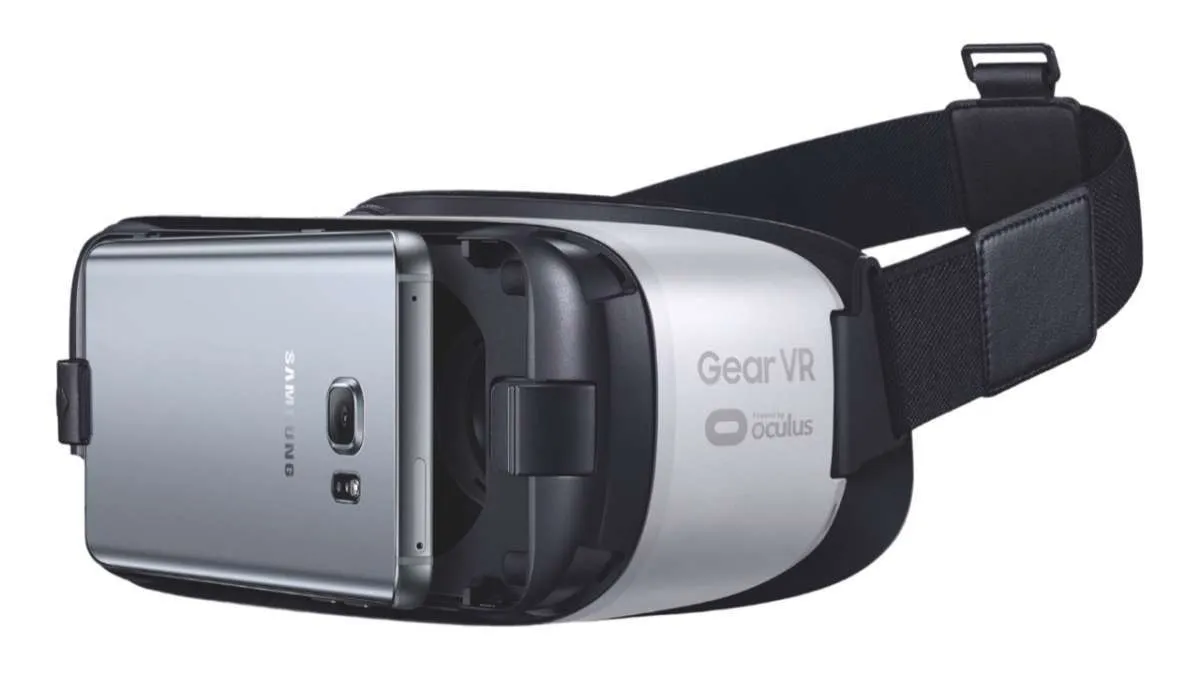
The Samsung Gear VR is only compatible with recent Samsung Galaxy devices but, as such, it has a more engineered feel than other budget VR headsets. Built in conjunction with Oculus, it has on-board hardware in the shape of accelerometer, gyroscope and proximity-based sensors, which automatically link with your Galaxy smartphone via the micro USB dock built into the housing. This takes the performance strain off your phone, allowing Gear VR to run games and apps with lower latency and higher performance, resulting in a more immersive experience. It also has a touch pad and back button on the side of the unit for simple navigation, along with volume controls and a focus adjuster, and it displays a 96° field of view.
£79, oculus.com/gear-vr
5
HTC Vive
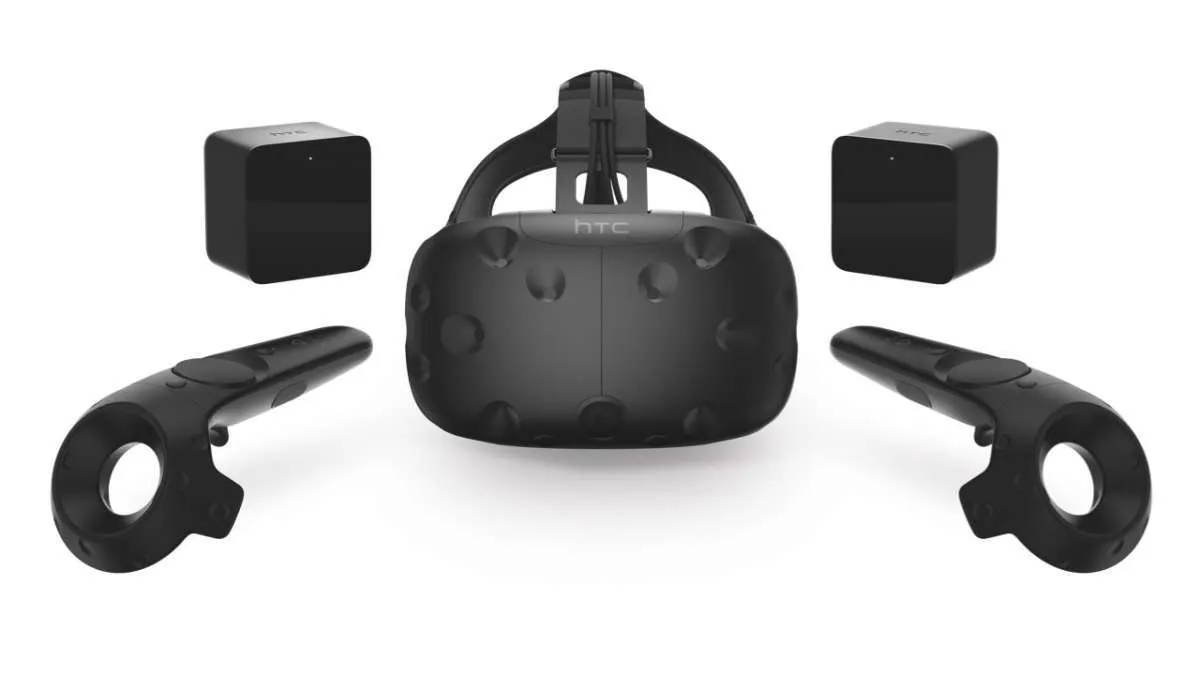
Powered by the almighty Valve’s Steam VR, the HTC Vive is perhaps the most exciting headset currently available. At £689, though, it’s a hefty outlay (not to mention the Goliath of a PC you’ll need to make the most of it), but out of the box you get the headset, two wireless controllers with haptic feedback and room-scale motion tracking.
The headset itself is comfortable and highly adjustable, contains 32 sensors for 360° motion tracking and has a front-facing camera to allow for AR integration. It displays at 2160 x 1200, has a refresh rate of 90Hz and achieves a field of view of 110°. Steam VR also promises to deliver the best in class gaming content, and HTC has partnerships in place with HBO, Lionsgate and Google with the potential to bring yet more amazing
content to the platform.
£689, htcvive.com
6
Freefly VR
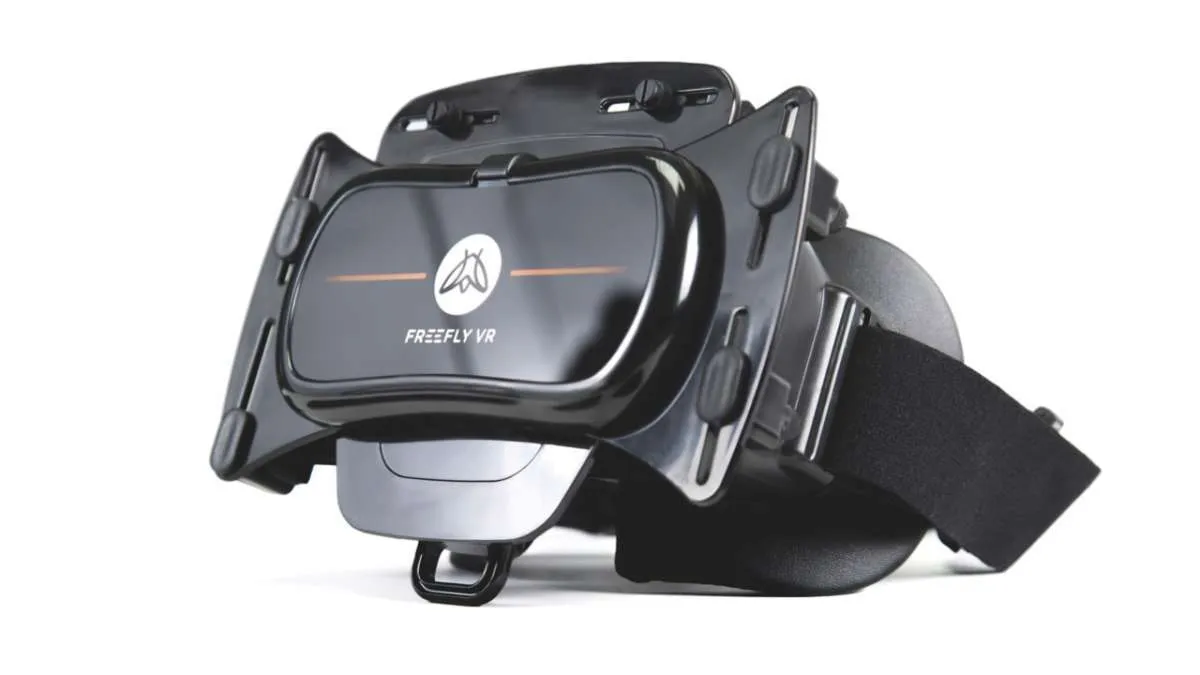
Freefly VR is a step up from Google Cardboard. First and foremost, the addition of adjustable head-straps means you can enjoy a hands-free experience and, combined with faux-leather face padding (though some users say this becomes uncomfortably hot), it’ll allow you to enjoy longer gaming sessions in comfort. It also has a safe, enclosed smartphone compartment – so you don’t need to worry about your phone slipping out – and will house phones between 135mm and 165mm in length.
The Freefly is compatible with Cardboard apps and, as such, simply looking around can control most games. The unit is also bundled with the wireless Glide controller, which allows you to control deeper gaming experiences. It comes with a hard carry case, so you can easily show off your newly discovered digital worlds toyour mates, and the lenses provide an impressive 120° field of vision, which compares favourably with the more-expensive Samsung Gear VR at 96°.
£49, freeflyvr.com
7
PlayStation VR
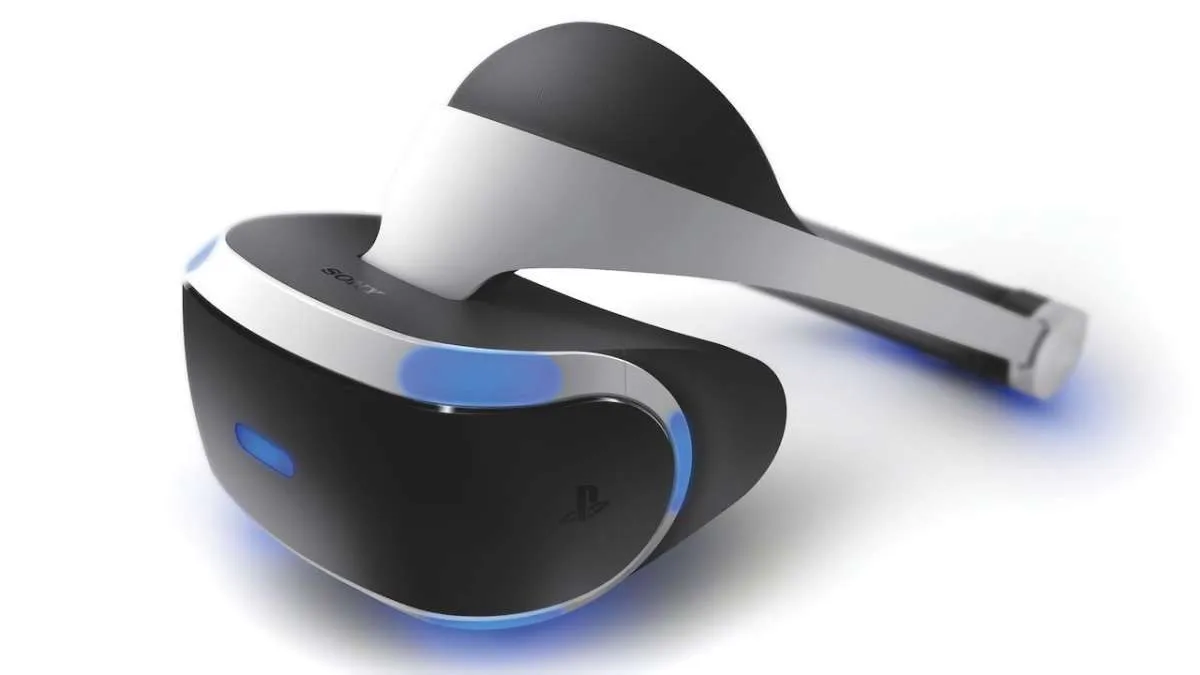
Originally codenamed ‘Project Morpheus’, the PlayStation VR unit works in conjunction with the Sony PlayStation 4 console. The headset will contain a full-HD LCD 1920 x 1080 display. Together with the lenses, the Playstation VRconveys a 100° field
of view, and it houses a stereo headphone jack that delivers a specially designed 360° audio experience. It can also produce a beautifully smooth refresh rate of 120Hz.
Positional light emitting diodes on the headset and Dual Shock 4 controller provides the PlayStation Camera with spatial tracking data, so your exact movements can be reflected in-game. The PlayStation PS4 also outputs a 2D image of gameplay onto your television screen, so that you can still have a shared gaming experience with friends.
£350, playstation.com
8
Merge VR
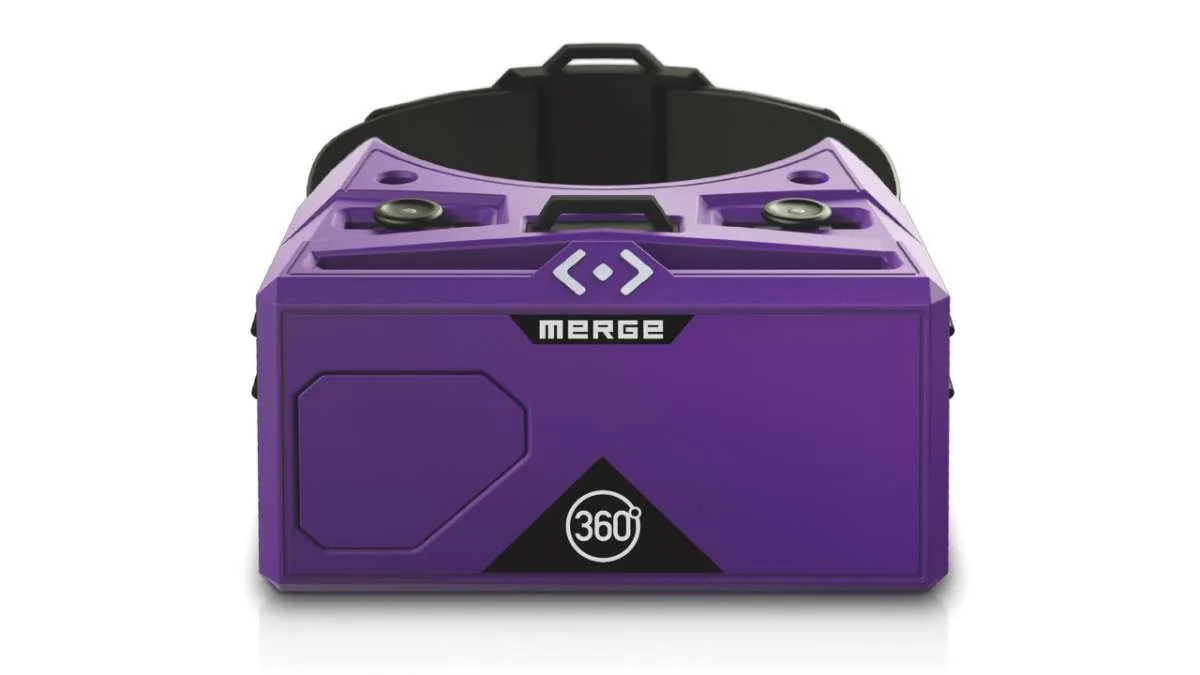
The Merge VR is all about fun, comfort and durability. Constructed from soft, flexible foam, the main body of the unit is designed to withstand a life on the road in your backpack, stuffed in alongside all manner of other gadgets and guff.
Unlike its competitors in this price bracket, it boasts two input buttons housed on top of the device, which interface with your smartphone to provide additional control input on certain apps and games. The IPD (distance between the centre of your pupils or lenses in the headset)is adjustable, as are the head straps, and it has ventilation holes to prevent the distraction of screen fogging.
The design even has a little extra space between the nose bridge and the lenses, so you should be able to wear glasses underneath if required. It displays an adequate field of view of 85°, and should work with most iOS and Android devices of less than two years old.
£49.99, mergevr.com
9
Visus
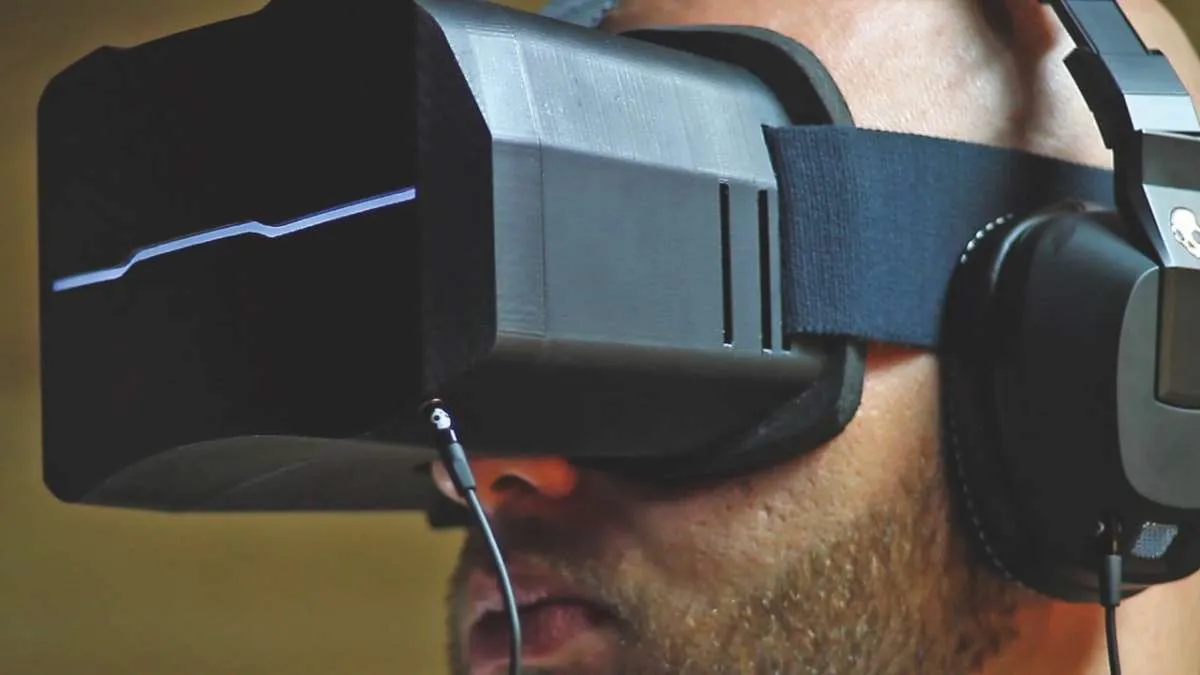
The Visus brings PC gaming into the virtualreality space at an amazingly low price point. Instead of having its own costly display, it takes advantage of your smartphone as a high-resolution screen, and uses Nvidia’s GameStream technology to send games wirelessly from your base PC. It also features a latency of around 27m/s and a field of view of around 110°.
It has its own built-in hardware, which sends the motion data back to the host PC for head tracking, but you can still use other controllers for aiming and direction input. You’ll also need to take the fiscal hit on the Tridef 3D conversion software, which effectively sets up two cameras in whichever game you want to play,and automatically creates left and right eye viewpoints for the headset, giving the perception of 3D. This is far from a simple plug-and-play virtual-reality experience but, nonetheless, very interesting for such a small outlay.
$149, visusvr.com
10
Impression Pi
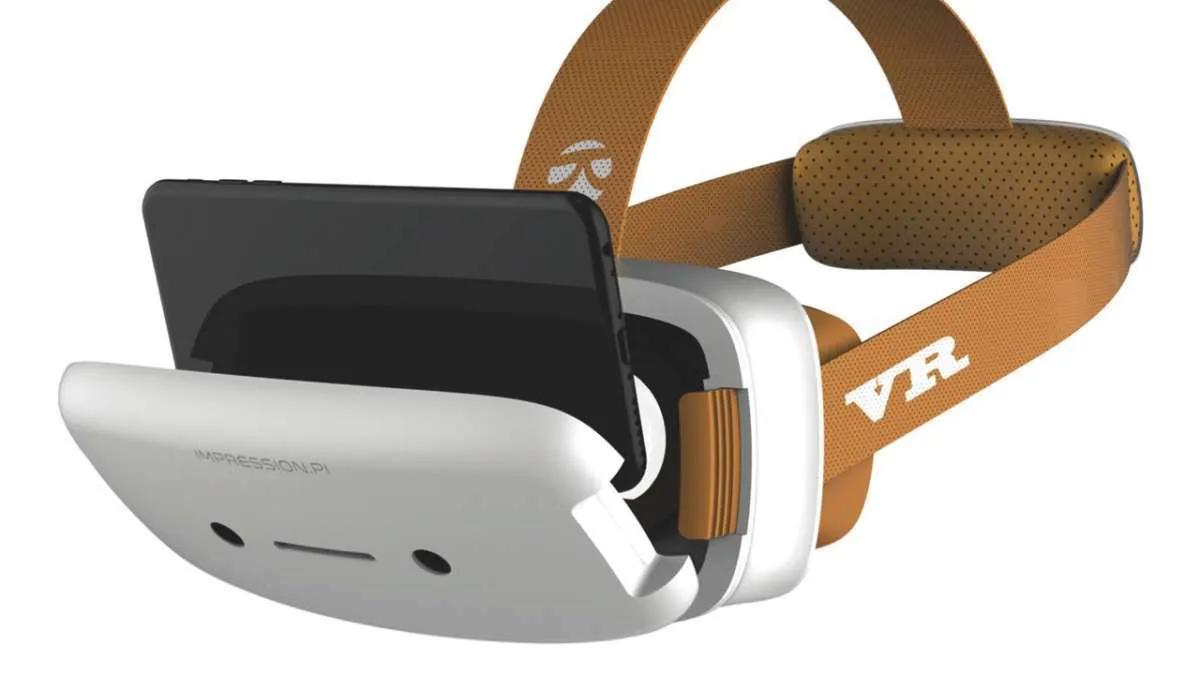
The Impression Pi has two front-facing cameras, which allow for real-world hand gesture tracking.This means you can control software simply by movingyour hands around in front of you. A representation of your hands is then projected into the virtual environment that you’re viewing.
The Impression Pi has also been developed with augmented reality in mind, again using the cameras to view the real world and deliver a hologram-augmented version back to the user on the display screen. These cameras are also able to track your position within a room, and adapt virtual environments to fit your real-world space. It promises to be available either with or without a built-in screen, so if you want to keep costs down you can still use your smartphone.
Kickstarter bundles began at $250 but final retail pricing is yet to be confirmed, though it should be under the £300 mark. Once the production model hits the market later this year, it’s expected to have a field of view of 90°.
£TBA, impressionpi.com
11
Cmoar
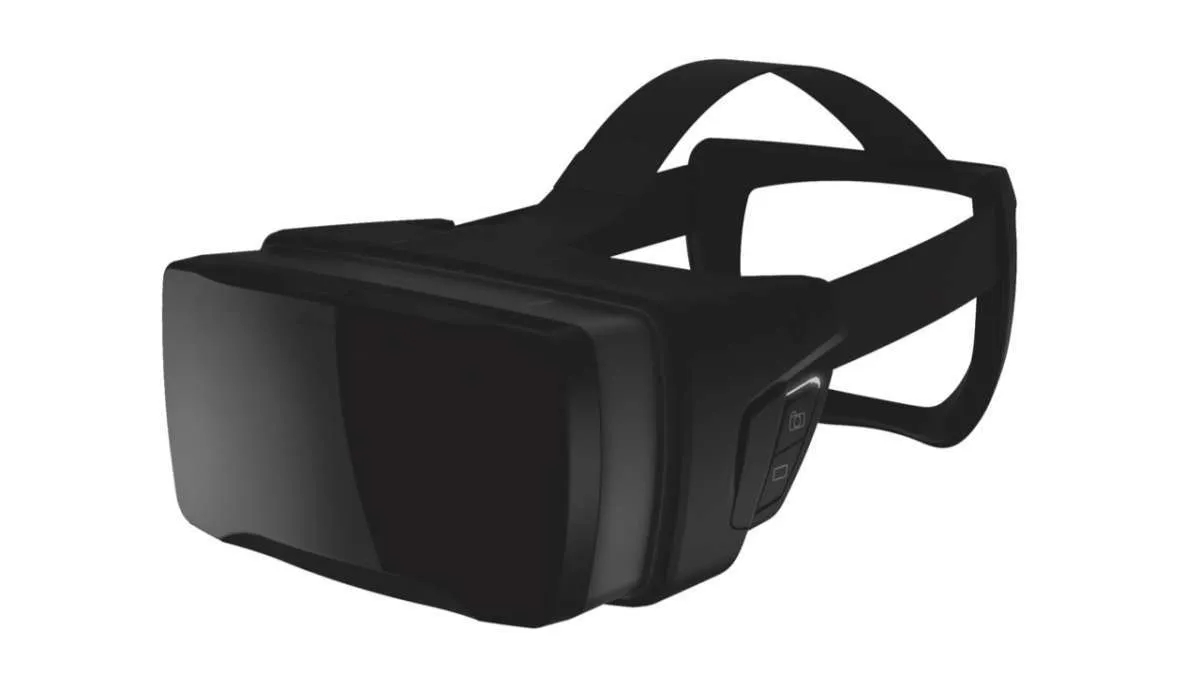
The Cmoar features on-board hardware to assist with head tracking and, in turn, reduce latency and increase the performance potential of your smartphone. It can connect to your phone via micro USB or Bluetooth, and the 48mm lenses offer a field of view up to 105°. The smartphone housing has a gap for your phone’s camera, and there’s a button on the side of the headset that can activate it, switching you from VR into a real-world view without needing to remove the headset.
The top-tier $269 Cmoar package also comes with double hand-motion controllers for gaming and navigation, and a ‘home theatre’ module, which you can swap in to give a narrower field of view, as well as reducing the screen door effect for watching movies. For another $99 you can add a 1920 x 1080 HD screen, which you can connect to your PC via HDMI, bringing with it the potential for low-latency, high-quality gaming.
From $119, cmoar.com
12
StarVR
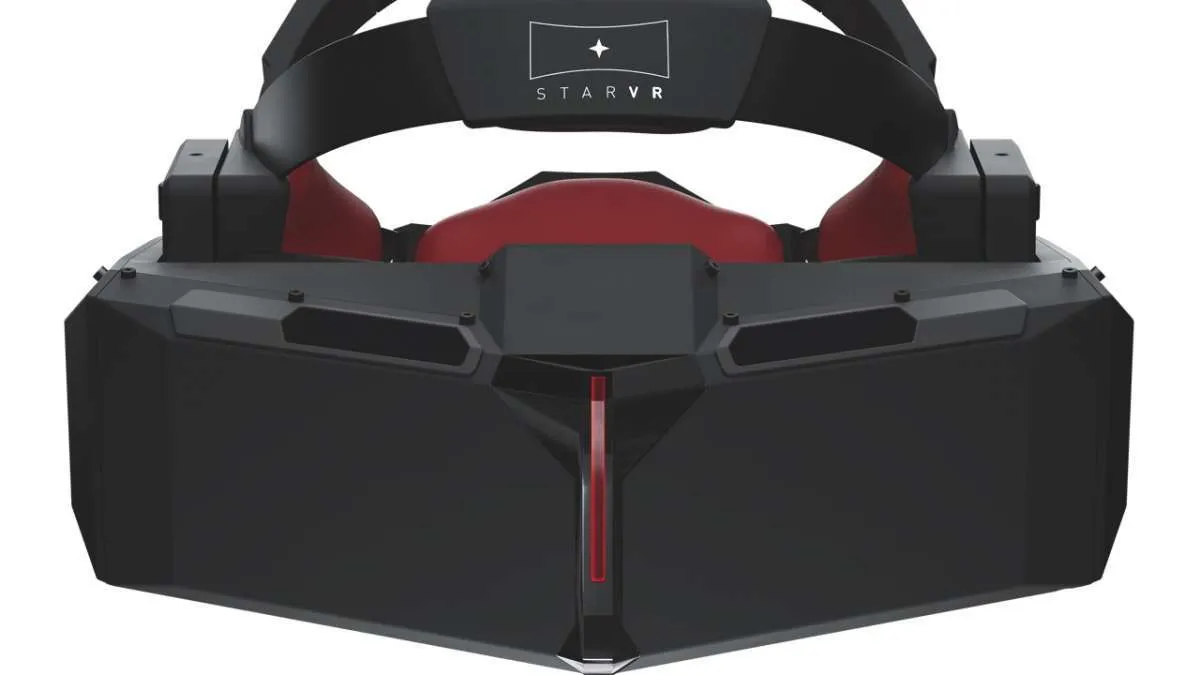
Boasting the largest field of view currently available is the StarVR. The headset manages an impressive 210° by housing two separate 5.5-inch quad HD panels, with one angled for each eye, giving a total panoramic definition of 5120 x 1440 pixels and a 90Hz refresh rate. Together with high-quality Fresnal lenses, this minimises the screen door effect, creating an incredibly immersive experience.
Although final release specs are yet to be announced, it currently uses a fiducial marker system, with barcodes on the headset and peripherals for highly accurate positional tracking. Owned by game developer Starbreeze (of Payday fame), the StarVR will run games built not only on third-party platforms, but also those developed with their own ‘Valhalla’ game engine.
£TBC, starvr.com
13
Sulon Cortex
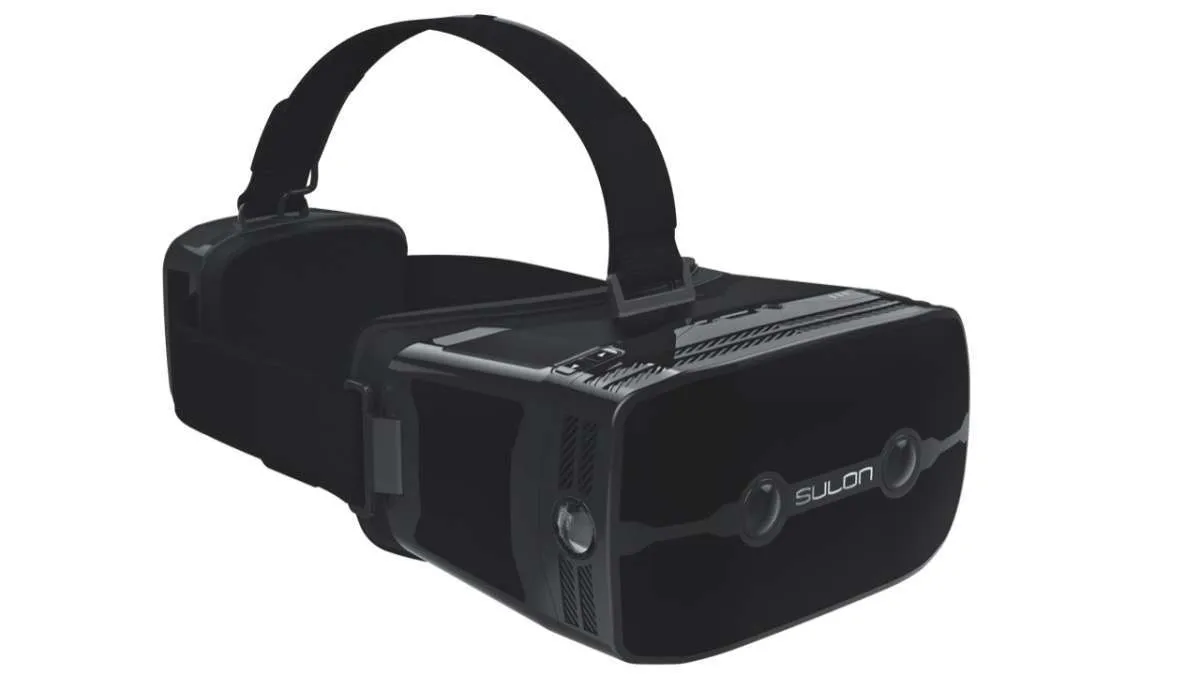
Merging virtual and augmented reality into one product is an attractive proposition, and although other headsets are attempting this to varying degrees, the Sulon Cortex is going after it in a big way. The Cortex is a fully untethered AVR headset that promises to transform any physical space into a Star Trek holodeck-like environment. It uses spatial scanning technology and two front-facing cameras to create a 360° map of the space around you, which it constantly updates. This will lead to interesting AR gaming opportunities, though it has an HDMI input, too, which will allow you to hook up to a PC for a more traditional sit-down VR gaming experience.
£TBA, sulon.com
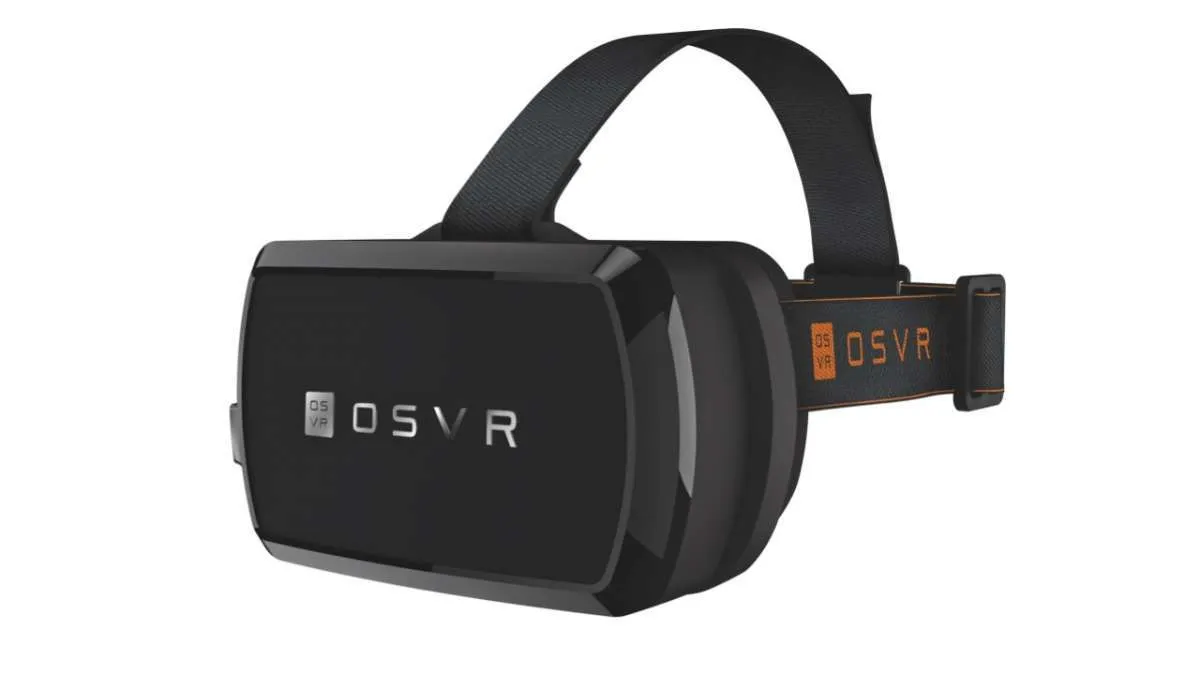
14
Razer OSVR
OSVR stands for Open Source Virtual Reality, highlighting that this range is all about homebrew development. The idea behind the initiative is to open the doors of VR to everyone, and allow the wider industry to share successes and failures. OSVR offers its own software platform and different hardware ‘hacker’ kits.
The £215 Hacker Dev kit 1.3 comes with a 5.5-inch OLED screen with a pixel density of 401ppi, so you don’t need a smartphone. It also has infrared sensors built into the faceplate, which provides positional information with 360° tracking, along with an integrated accelerometer, gyroscope and compass, and three USB connectors that allow other modules to be connected. You can even downloadall the product schematics, allowing the brave and technically mindedto tinker and make further developments of their own. The OSVR has a 100° field of view.
£215, osvr.org
15
Homido
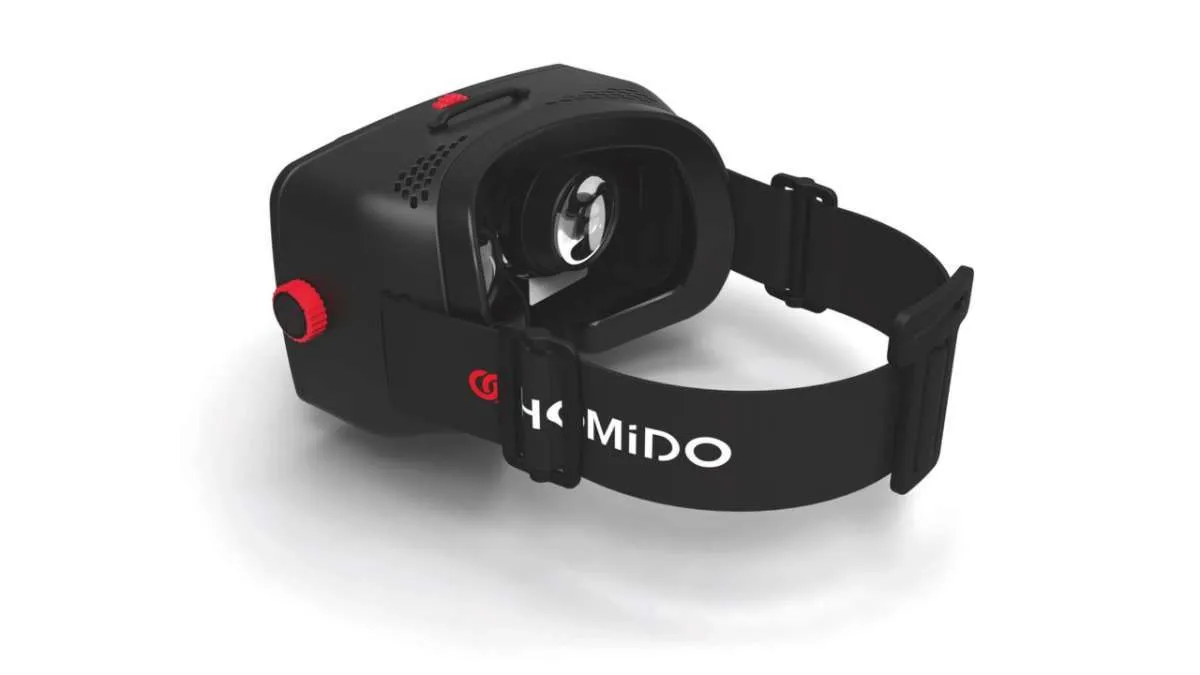
The Homido is another great entry-level virtual-reality headset. The basic model comes with the essential adjustable head-straps, but this time with a dial, which ensures you can achieve the perfect fit. You can alter the distance between the lenses and your eyes, and change the interpupillary distance (IPD), both of which can help reduce the risk of experiencing cybersickness and help to produce a more immersive experience.
Phones are securely clipped to the front of the device, and it can accommodate screen sizes between 89 x 49mm and 126 x 71mm. There’s potentially good news if you wear glasses, too, because it comes bundled with lens cones adapted for short- and long-sighted users. The field of view afforded by the set-up also comes in at a solid 100°.
€69.99, homido.com
16
Avegant Glyph
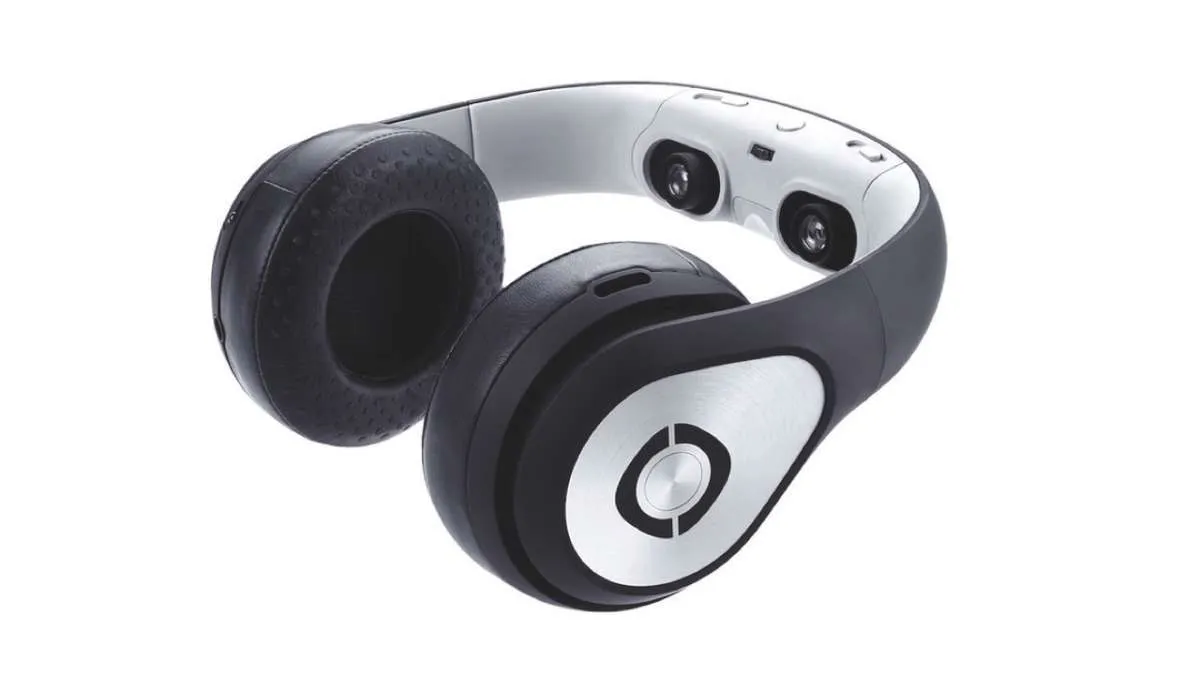
Considerably different to other headsets in this price bracket, the Avegant Glyph has eschewed the technology of mere OLED or LCD screens, in favour of projecting the image directly onto your retinas. It contains around 2-million micromirrors, which deliver a resolutionof 1280 x 720 per eye, a refresh rate of 120Hz, but a field of view of just 45°. While this sounds very low, the image it creates is incredibly sharp and entirely free from pixellation.
It plugs into any HDMI-compatible device, will display both 2D and 3D content, and has built-in high-quality headphones with active and passive noise cancelling. These can be used on their own to play music, simply by rotating the headset so the eye band sits atop your head. It’s also the most streamlined unit here. Perhaps better suited to watching films and TV than hardcore VR gaming, it’s nonetheless a fascinating piece of technology and one that other headsets will doubtless try to emulate as the marketplace matures.
$699, avegant.com
Whether you are looking for the latest VR gear or just want to know more about how virtual reality is changing the world around us pick up the new special edition magazine from BBC Focus – Virtual Reality: The Complete Guide.